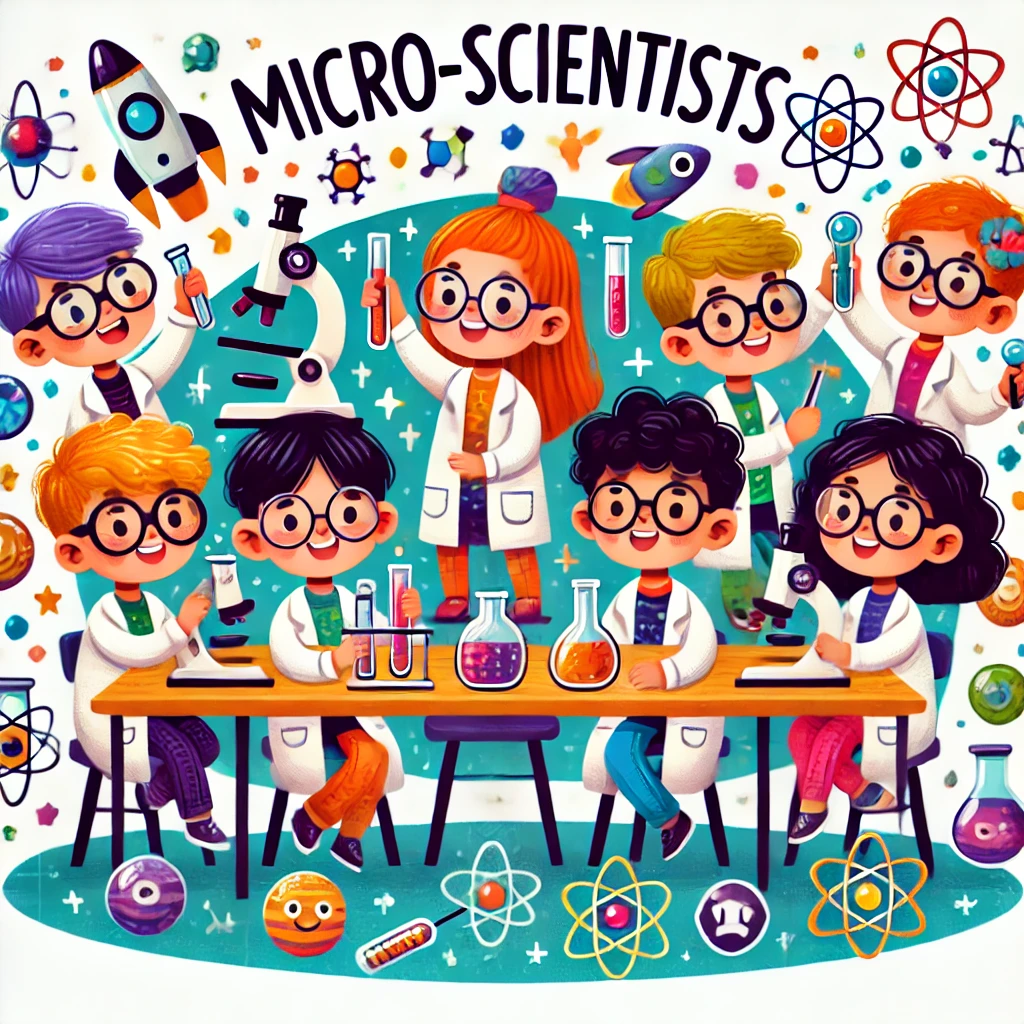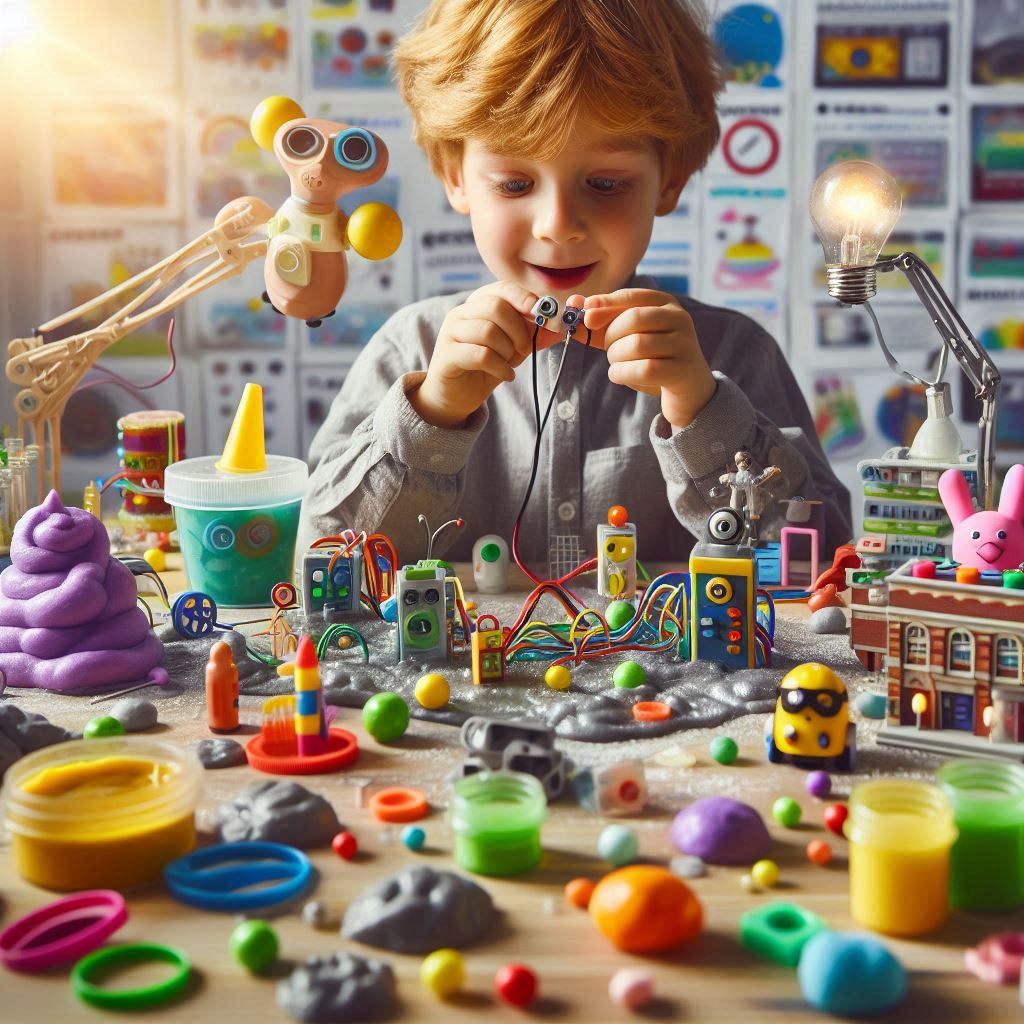Engineering
The “Micro-Scientists – STEAM and Natural Sciences Experiments” program is an interactive and educational experience for kindergarten children, designed to introduce them to the world of science through hands-on and fun activities.
The main goal of the program is to nurture children’s natural curiosity and help them discover fundamental scientific principles through experiments and activities focusing on STEAM fields (Science, Technology, Engineering, Arts, and Mathematics). Children learn how to observe, experiment, and explore the world around them through a series of engaging and educational activities.
The program includes various activities that keep children interested and help them understand the importance of science and technology in their lives.
- Experiments and Constructions: Children participate in simple experiments and constructions that allow them to discover fundamental scientific principles. These activities include magnetism experiments, where they explore the properties of magnets, chemical reactions using simple materials like baking soda and vinegar, and building their first electrical circuit.
- Natural Phenomena Activities: Children explore the water cycle by observing the processes of evaporation and condensation and experiment with light and shadows, learning how light travels and how shadows are formed.
- Creative Experiments: Children have the opportunity to combine science with art, painting with pendulums and creating bubbles while learning about the properties of liquids and surface tension. They also make artificial snow and discover the properties of non-Newtonian fluids and their applications in creativity.
- Density Experiments: Children experiment with layered liquids, using substances of different densities to create distinct layers in a container, helping them understand the concept of density.
- Discussion and Participation: Children engage in discussions and share their thoughts on the experiments and natural phenomena they explore. They are encouraged to think about the real-life applications of their newfound knowledge and develop their imagination.
Programme Modules
- Magnetism Experiments
- Chemical Reactions for Kids
- Electricity Experiments
- Water Cycle Experiments
- Light and Shadow Experiments
- Air Pressure Experiments
- Absorption Experiments
- Non-Newtonian Fluids Experiments
- Density Experiments

